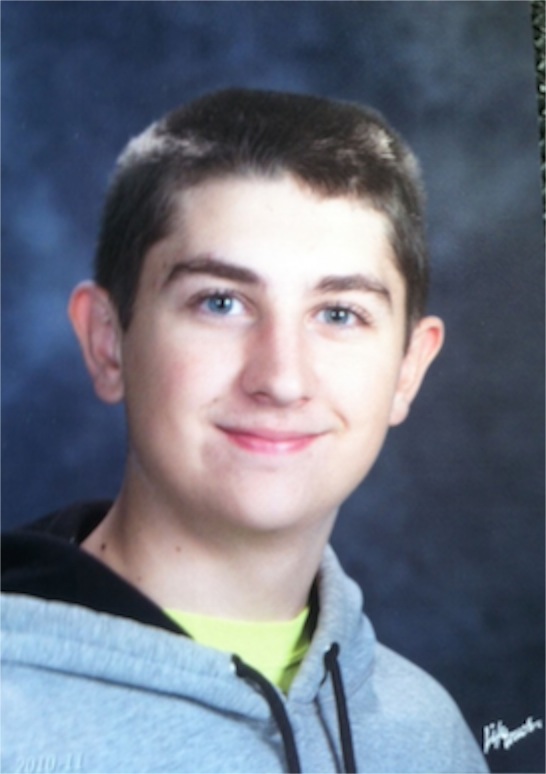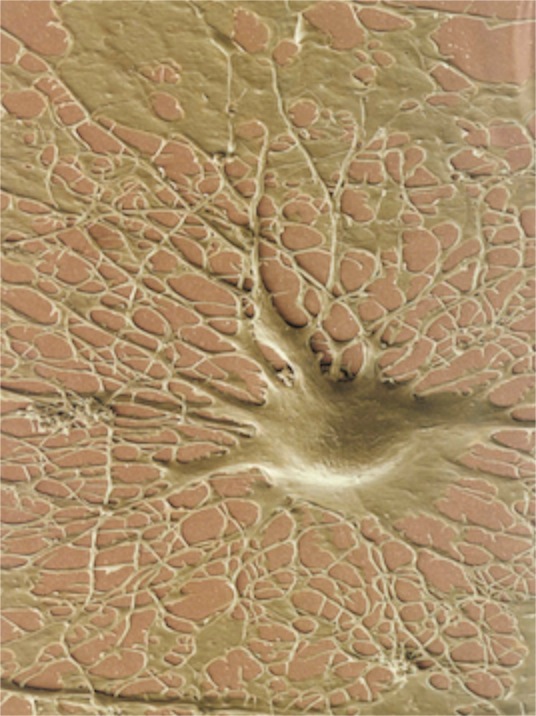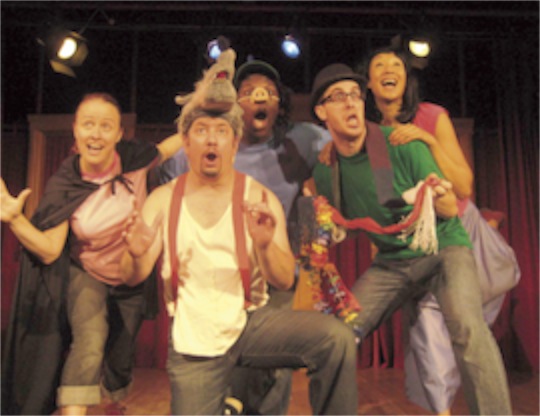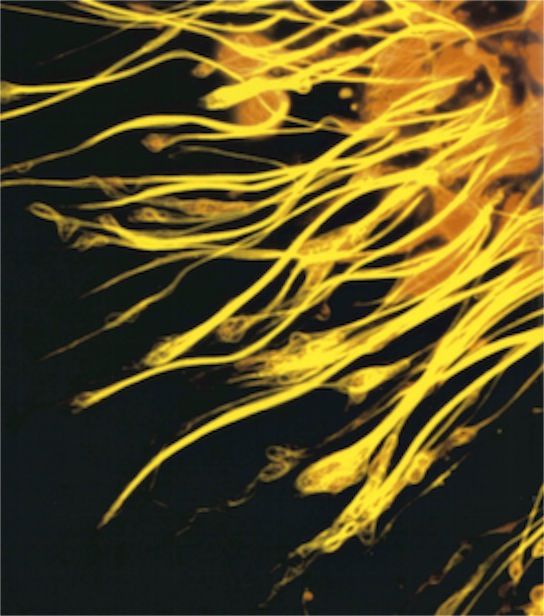The teenage mind
09/06/12 04:25
For nearly two weeks now, family and authorities have been searching for Justin Lewis, whose 16th birthday was Wednesday. Many believe that the effort at this point will turn out to be the recovery of his body. Hope comes and goes for others. He was dropped off to kayak on Deerfield Lake to kayak on May 28. The next day his kayak was found, filled with water. His unfastened lifejacket was also found.
 We can make up several plausible theories about what happened. Some speculated that the kayak and lifejacket were props in an elaborate runaway scheme. Others imagined that Justin got hot paddling in the wind and waves and paused to take off his jacket, which required removing his lifejacket. In the process the kayak was rolled or swamped by the water. Others speculate that Justin was a typical 15-year-old who lacked sufficient experience with his own mortality to think rationally about safety gear. We may have to face the fact that we will never know exactly what happened.
We can make up several plausible theories about what happened. Some speculated that the kayak and lifejacket were props in an elaborate runaway scheme. Others imagined that Justin got hot paddling in the wind and waves and paused to take off his jacket, which required removing his lifejacket. In the process the kayak was rolled or swamped by the water. Others speculate that Justin was a typical 15-year-old who lacked sufficient experience with his own mortality to think rationally about safety gear. We may have to face the fact that we will never know exactly what happened.
I don’t know if the speculation is of any help to the family. I know it does give searchers some possible leads to explore in their search to find the missing boy. I know that this is a tragedy for our community. I know that these weeks must have been an incredible emotional roller coaster for his family.
Thinking about him just breaks my heart.
The teenage brain is significantly different from the adult brain. We used to suspect this, but prior to functional MRI imaging, we had no way to document this. We simply observed that they thought differently, chose differently, and had less impulse control.
 Interestingly, much of what we know about brain development and impulse control didn’t come from the study of teens. It came from the study of artists. In one breakthrough study, 12 classical pianists were studied by researchers from Harvard University. The researchers rigged up an elaborate system of mirrors that allowed the pianists to play music while lying in an MRI machine so that their brains could be imaged. The researchers were trying to discover the brain activity associated with creativity. What part of the brain allows for improvisation? How does the brain function to create musical expression?
Interestingly, much of what we know about brain development and impulse control didn’t come from the study of teens. It came from the study of artists. In one breakthrough study, 12 classical pianists were studied by researchers from Harvard University. The researchers rigged up an elaborate system of mirrors that allowed the pianists to play music while lying in an MRI machine so that their brains could be imaged. The researchers were trying to discover the brain activity associated with creativity. What part of the brain allows for improvisation? How does the brain function to create musical expression?
Researchers discovered that expert musicians experience a surge of activity in a variety of neural areas including the premotor cortex and the inferior frontal gyrus – areas associated with language and the production of speech. The mental processes used to create music are very similar to those used to create speech. And when the pianists were improvising, the activity in the brain was intense.
The researchers discovered that it wasn’t only what was happening in the brain that influenced the music – it is what wasn’t happening. The musicians were able to effectively silence their inhibitions. The things that normally hold us back from public outbursts seemed to be turned off in the brains of the artists as they performed.
 Without the aid of fancy brain scanners, the instructors at the Second City Training Center have learned that comedy demands teaching students to suppress their normal instinct to think before speaking – to self edit their remarks. The tendency to exert self-control must be suppressed. The instructors have, over the years, developed a series of exercises to help the actors to let go of their control in the pursuit of comic moments.
Without the aid of fancy brain scanners, the instructors at the Second City Training Center have learned that comedy demands teaching students to suppress their normal instinct to think before speaking – to self edit their remarks. The tendency to exert self-control must be suppressed. The instructors have, over the years, developed a series of exercises to help the actors to let go of their control in the pursuit of comic moments.
Impulse control is associated with the dorsolateral prefrontal cortex (DLPFC). This area of our brain has many talents that are valued by society. It keeps us from making embarrassing confessions, or grabbing at food, or stealing from a store. It is a neural restraint system that holds us back. Such a system is very valuable for humans. It keeps us from hurling insults at someone who is capable of doing us harm. It reminds us that reckless and random behavior can be risky and even life threatening. It is essential to human survival.
The dorsolateral prefrontal cortex is one of the last areas of the brain to fully develop. We know that it is not yet fully functional in teens. This fact allows for amazing bursts of creativity from these young people. Athletic performance, mathematical genius, musical and artistic talent can blossom in teenage years in ways that are absolutely astounding and literally impossible for older persons.
 The not-fully-formed DLPFC, however, means that teens lack all of the abilities of self-control and impulse control that appear in later life. They literally do not think the way that adults think.
The not-fully-formed DLPFC, however, means that teens lack all of the abilities of self-control and impulse control that appear in later life. They literally do not think the way that adults think.
The same brain functions that allow for the amazing creativity of teens also allow for amazingly self-destructive acts at time.
From Lord of the Flies to The Hunger Games, writers of fiction have speculated on what the world would be like if teens were left to themselves. Most of these fictional accounts end up with surprising amounts of violence and destructive behavior. When we try to imagine a world populated by only teens, our imaginations frighten us. At the core of our being, we know that our world is better when we have a variety of ages of people who work together. Teens are at their best when influenced by adults. We older people are more creative when we are in contact with teens.
The DLPFC can, in fact, be trained. Studies of artists and comedians have shown how people can train their brains to turn off the limiting factors when creating artwork. Studies of the victims of brain injuries and certain forms of brain cancer have shown that creative talents can be enhanced in later life when certain events occur in the DLPFC. This is a very complex way of saying that not only can our teens learn from exposure to adults – the opposite is also true. Adults can learn from spending time with teens.
Our society is not arranged for optimal interaction between teens and adults. We tend to gather teens into large groups in high schools, sporting and music programs and have them work with relatively few adults. Programs of one-on-one mentoring are relatively rare. Many parents of teens spend amazingly little time with their children. The entire society loses in this arrangement. Far more productive for teens and for adults are occasions when teens are integrated fully into activities where adults are also full participants. Internships not only teach young adults, they revitalize companies.
We have a unique opportunity in the church. Our opportunity does not require large numbers of teens. In fact large youth groups tend to isolate youth from the rest of the congregation. Rather we need to discover ways to more fully integrate teens into our life and allow ourselves to be transformed by their presence.
There is still so much that we do not understand.

I don’t know if the speculation is of any help to the family. I know it does give searchers some possible leads to explore in their search to find the missing boy. I know that this is a tragedy for our community. I know that these weeks must have been an incredible emotional roller coaster for his family.
Thinking about him just breaks my heart.
The teenage brain is significantly different from the adult brain. We used to suspect this, but prior to functional MRI imaging, we had no way to document this. We simply observed that they thought differently, chose differently, and had less impulse control.

Researchers discovered that expert musicians experience a surge of activity in a variety of neural areas including the premotor cortex and the inferior frontal gyrus – areas associated with language and the production of speech. The mental processes used to create music are very similar to those used to create speech. And when the pianists were improvising, the activity in the brain was intense.
The researchers discovered that it wasn’t only what was happening in the brain that influenced the music – it is what wasn’t happening. The musicians were able to effectively silence their inhibitions. The things that normally hold us back from public outbursts seemed to be turned off in the brains of the artists as they performed.

Impulse control is associated with the dorsolateral prefrontal cortex (DLPFC). This area of our brain has many talents that are valued by society. It keeps us from making embarrassing confessions, or grabbing at food, or stealing from a store. It is a neural restraint system that holds us back. Such a system is very valuable for humans. It keeps us from hurling insults at someone who is capable of doing us harm. It reminds us that reckless and random behavior can be risky and even life threatening. It is essential to human survival.
The dorsolateral prefrontal cortex is one of the last areas of the brain to fully develop. We know that it is not yet fully functional in teens. This fact allows for amazing bursts of creativity from these young people. Athletic performance, mathematical genius, musical and artistic talent can blossom in teenage years in ways that are absolutely astounding and literally impossible for older persons.

The same brain functions that allow for the amazing creativity of teens also allow for amazingly self-destructive acts at time.
From Lord of the Flies to The Hunger Games, writers of fiction have speculated on what the world would be like if teens were left to themselves. Most of these fictional accounts end up with surprising amounts of violence and destructive behavior. When we try to imagine a world populated by only teens, our imaginations frighten us. At the core of our being, we know that our world is better when we have a variety of ages of people who work together. Teens are at their best when influenced by adults. We older people are more creative when we are in contact with teens.
The DLPFC can, in fact, be trained. Studies of artists and comedians have shown how people can train their brains to turn off the limiting factors when creating artwork. Studies of the victims of brain injuries and certain forms of brain cancer have shown that creative talents can be enhanced in later life when certain events occur in the DLPFC. This is a very complex way of saying that not only can our teens learn from exposure to adults – the opposite is also true. Adults can learn from spending time with teens.
Our society is not arranged for optimal interaction between teens and adults. We tend to gather teens into large groups in high schools, sporting and music programs and have them work with relatively few adults. Programs of one-on-one mentoring are relatively rare. Many parents of teens spend amazingly little time with their children. The entire society loses in this arrangement. Far more productive for teens and for adults are occasions when teens are integrated fully into activities where adults are also full participants. Internships not only teach young adults, they revitalize companies.
We have a unique opportunity in the church. Our opportunity does not require large numbers of teens. In fact large youth groups tend to isolate youth from the rest of the congregation. Rather we need to discover ways to more fully integrate teens into our life and allow ourselves to be transformed by their presence.
There is still so much that we do not understand.